








The magazine of the photo-essay

May 2017 back issue
by Steve Evans


“A free, really high quality photo-essay magazine. Fabulous!”
Stephen Fry. British actor, writer and film & documentary maker

Something’s gone wrong in paradise - terribly wrong.
Madagascar is considered a gem of the Indian Ocean. The island has it all: turquoise-colored waters, white sandy
beaches, crimson sunsets, listing palm trees and exotic sail boats. Tropical fruits are in abundance and markets
overflow with the island’s aromatic spices: vanilla, clove, cinnamon, anise, black pepper and more.
Besides its romantic beaches and world-class tourist resorts, the island boasts of pristine rainforests, national parks
that feature the unique baobab tree, the world’s only natural habitat of the lemur, hardwoods made into treasured
artifacts, varied marine life and coral reefs, and a cuisine built on French and Malagasy traditions with a seafood lover’s
mix thrown in. Ninety percent of Madagascar’s plant and animal life is indigenous only to the island.
Beneath the surface of it all, however, an evil lurks, permeating the very heart of society.
On a small island off the coast of northern Madagascar, a boat pulls ashore. Those aboard seek to purchase local
children, especially girls, who will later be trafficked. Down in the southern part of the country, women are put on the
auction block and sold to the highest bidder. All night orgies ensue. Elsewhere dozens of young women nightly parade
themselves in front of foreign men who gather with the intention of hiring girls for the night. Deals are negotiated and
struck, and couples go off into the dark.
All across the island, young children wield sledge hammers, crushing stone sold for construction purposes. In a major
tourist district of Madagascar, households designate which baby girls will grow up to be “their” prostitutes, earning
money for the families. Nearby, two foreigners are lynched, suspected of harvesting organs from a young child. Some
acts are openly visible, while others are quietly whispered. Some can be proved, and others can be only suspected and
speculated.
According to locals, it all started when the French colonized Madagascar in the late 1800s. Following the arrival of the
colonists, prostitution evolved, and over the years this illicit sex trade grew into something much more sinister than mere
street corner prostitution. Today sex tourism, human trafficking, exploited labor and, some claim, even organ harvesting
abound.
What’s going on is shocking and appalling, many say, but little embarrassment or shame seems to settle on those who
live here. For them, this is life; it’s how they live and survive.
In the airport of the nation’s capital, a poster pleads with new arrivals, “Stop Sex Tourism.” Such messages are also
needed on the island’s beaches, in its hotels and bars, on its streets at night, and in its city parks; in the places where
people are commonly exploited.
It’s easy to see what’s going on, but little is being done to reach out to those caught up in a dark world where humans
are commodities; bought, sold and used.
Steve Evans and two other journalists went to Madagascar to explore this underworld of Madagascar. They produced
a series of six articles highlighting what they discovered. Here, this photo essay by Steve is also part of their
discoveries.
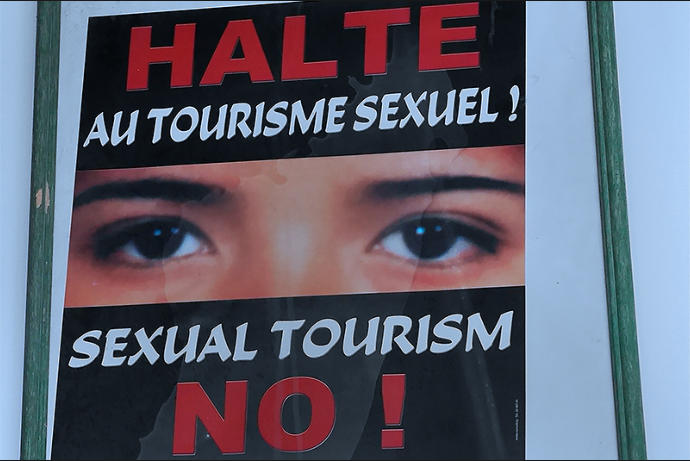
Say no to sex toursim. Madagascar.
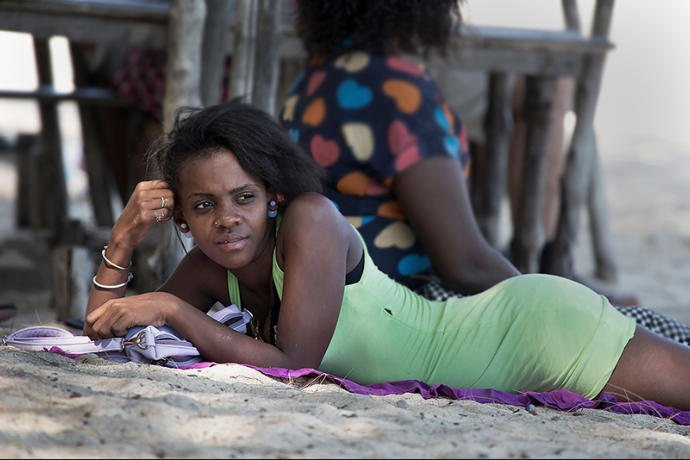
Solicitation on the island of Nosy Be.
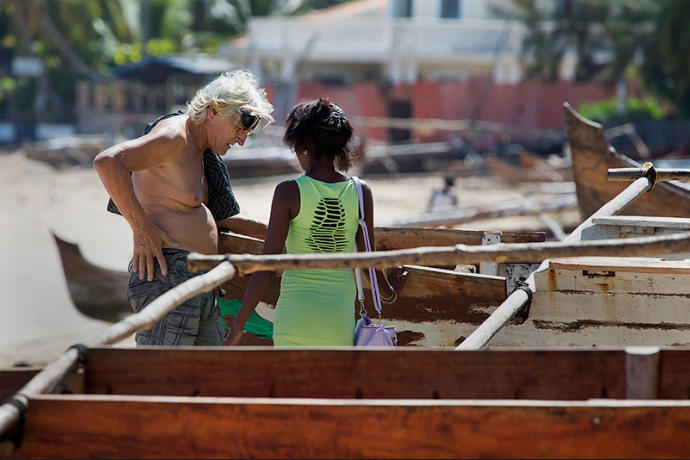
Solicitation. Nosy Be.
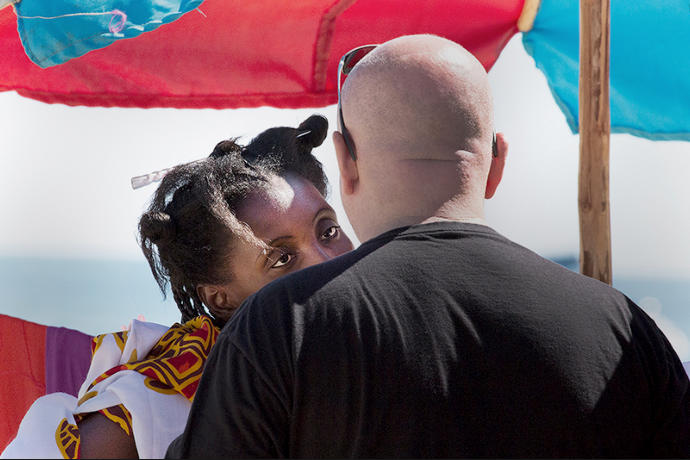
Solicitation. Nosy Be.
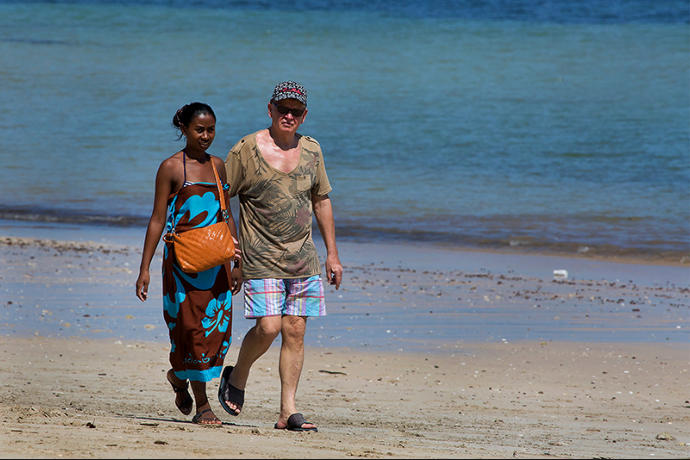
Together. Nosy Be.
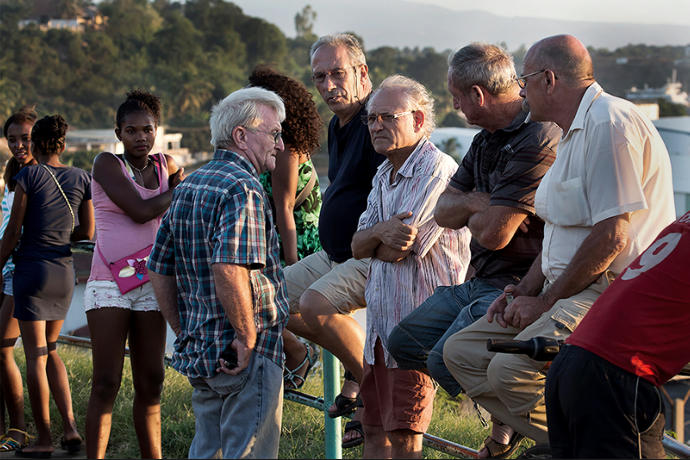
Waiting to choose. Diego Suarez.
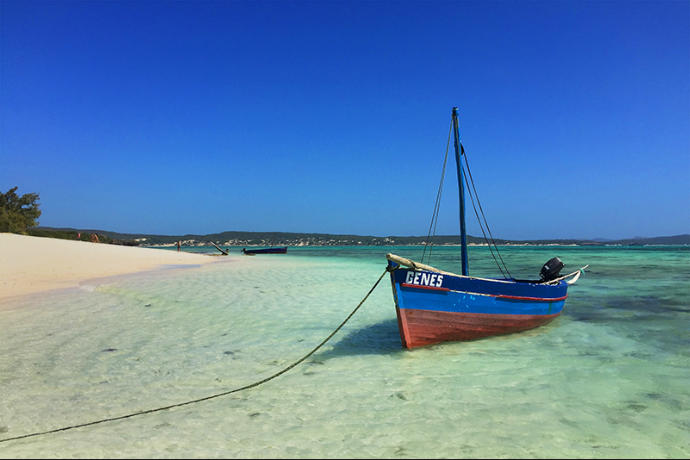
Beautiful Antsiranana. Madagascar.
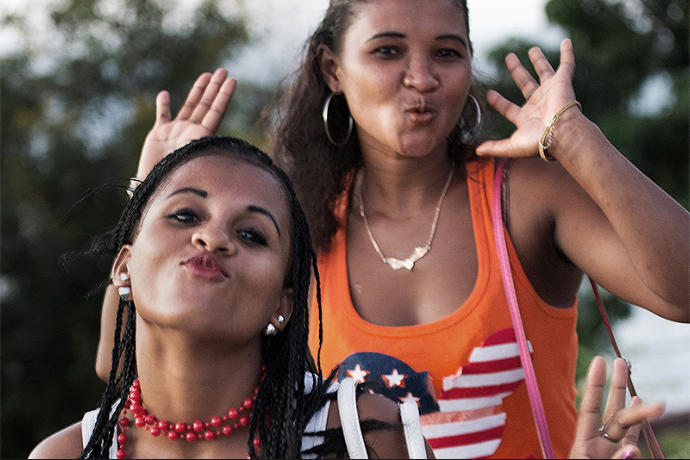
Girls. Antsiranana.
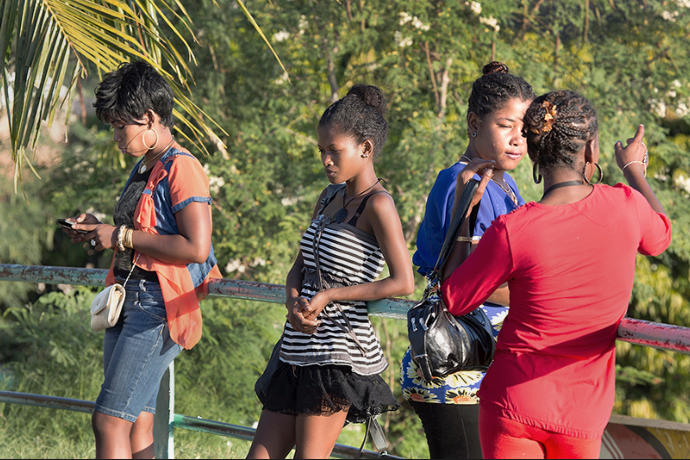
Waiting. Diego Suarez.
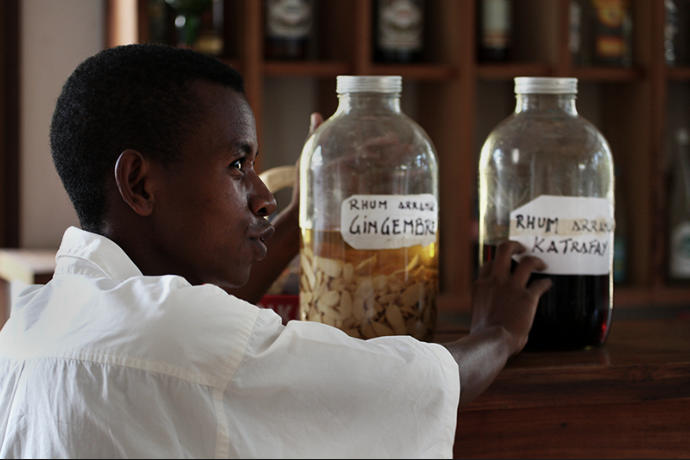
Aphrodisiacs.

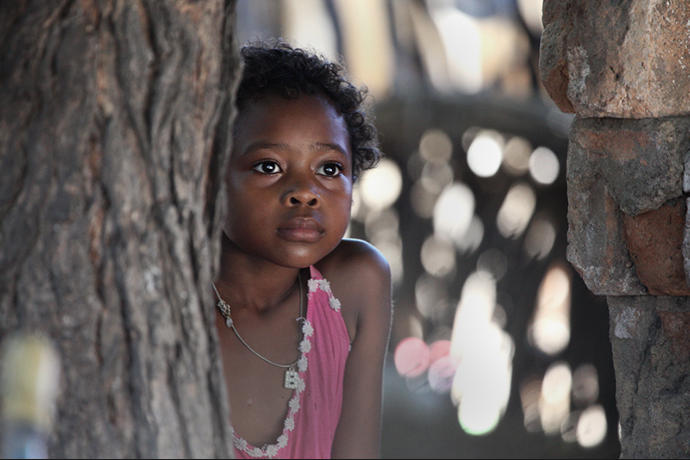
Children at Risk.
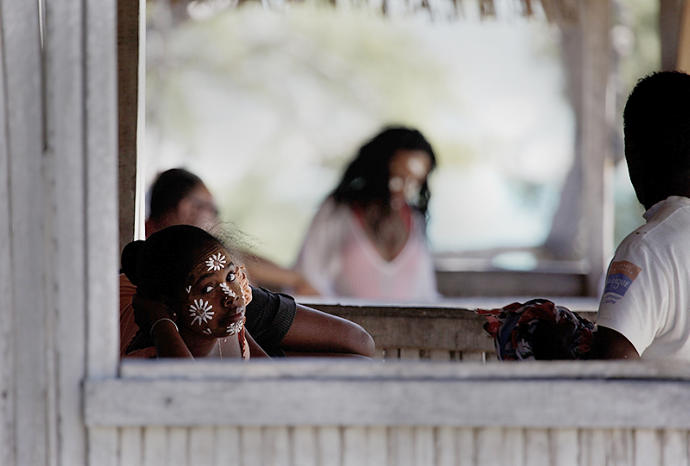
Customer Service.
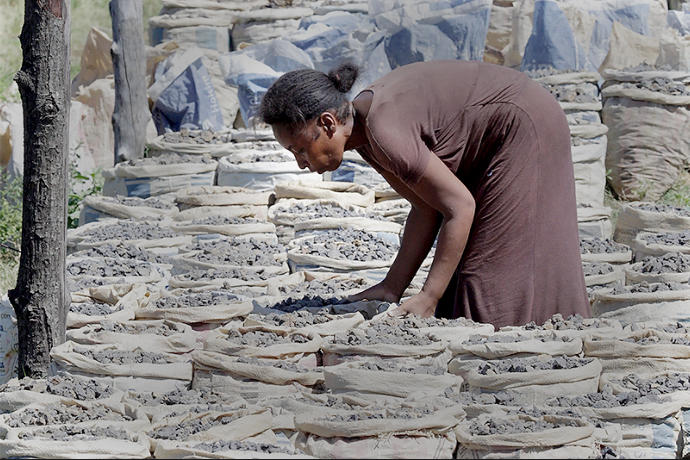
Forced Labor.
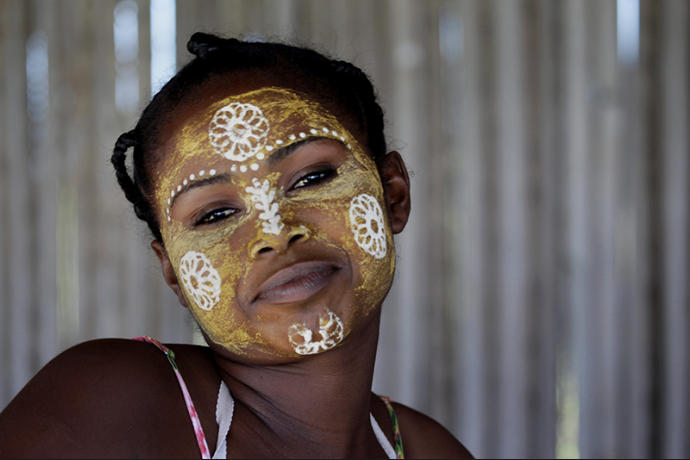
Full Service resorts.
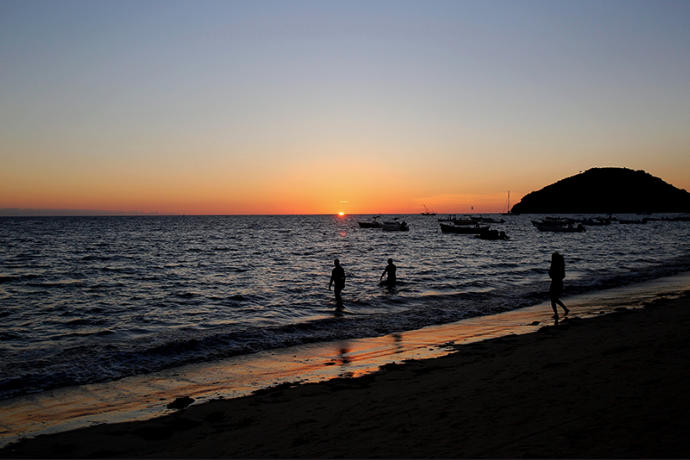
Paradise lost.
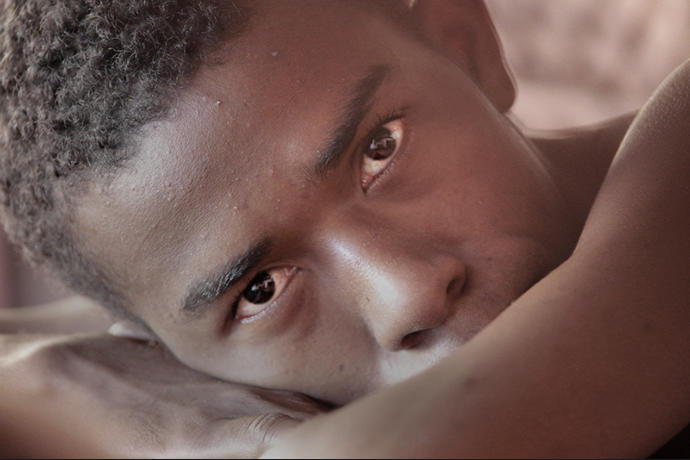
For sale.
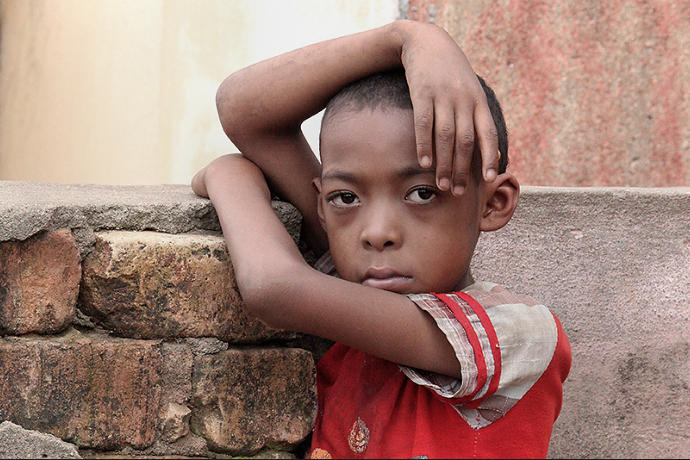
Traumatized.






